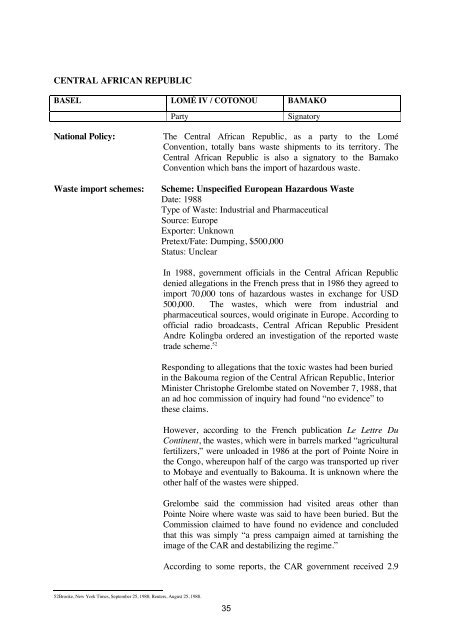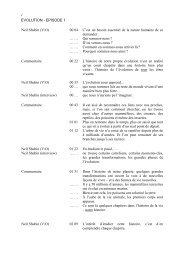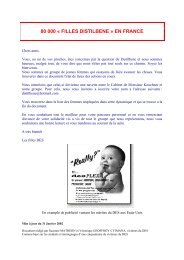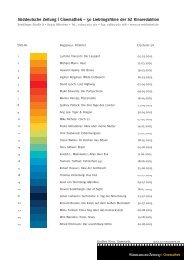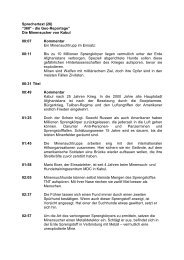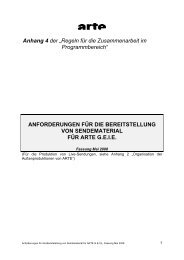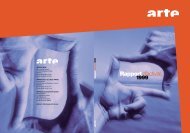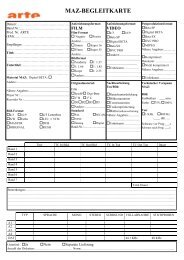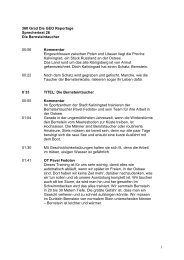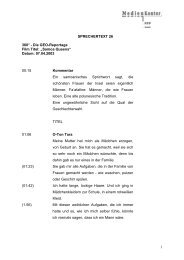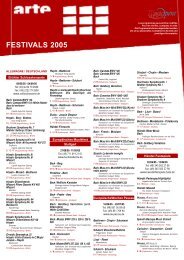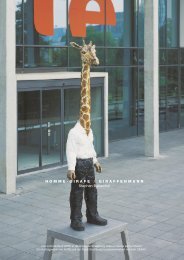POPs IN AFRICA HAZARDOUS WASTE TRADE 1980 - 2000 ... - Arte
POPs IN AFRICA HAZARDOUS WASTE TRADE 1980 - 2000 ... - Arte
POPs IN AFRICA HAZARDOUS WASTE TRADE 1980 - 2000 ... - Arte
Create successful ePaper yourself
Turn your PDF publications into a flip-book with our unique Google optimized e-Paper software.
CENTRAL <strong>AFRICA</strong>N REPUBLIC<br />
BASEL LOMÉ IV / COTONOU BAMAKO<br />
Party Signatory<br />
National Policy: The Central African Republic, as a party to the Lomé<br />
Convention, totally bans waste shipments to its territory. The<br />
Central African Republic is also a signatory to the Bamako<br />
Convention which bans the import of hazardous waste.<br />
Waste import schemes: Scheme: Unspecified European Hazardous Waste<br />
Date: 1988<br />
Type of Waste: Industrial and Pharmaceutical<br />
Source: Europe<br />
Exporter: Unknown<br />
Pretext/Fate: Dumping, $500,000<br />
Status: Unclear<br />
52Brooke, New York Times, September 25, 1988; Reuters, August 25, 1988.<br />
In 1988, government officials in the Central African Republic<br />
denied allegations in the French press that in 1986 they agreed to<br />
import 70,000 tons of hazardous wastes in exchange for USD<br />
500,000. The wastes, which were from industrial and<br />
pharmaceutical sources, would originate in Europe. According to<br />
official radio broadcasts, Central African Republic President<br />
Andre Kolingba ordered an investigation of the reported waste<br />
trade scheme. 52<br />
Responding to allegations that the toxic wastes had been buried<br />
in the Bakouma region of the Central African Republic, Interior<br />
Minister Christophe Grelombe stated on November 7, 1988, that<br />
an ad hoc commission of inquiry had found “no evidence” to<br />
these claims.<br />
However, according to the French publication Le Lettre Du<br />
Continent, the wastes, which were in barrels marked “agricultural<br />
fertilizers,” were unloaded in 1986 at the port of Pointe Noire in<br />
the Congo, whereupon half of the cargo was transported up river<br />
to Mobaye and eventually to Bakouma. It is unknown where the<br />
other half of the wastes were shipped.<br />
Grelombe said the commission had visited areas other than<br />
Pointe Noire where waste was said to have been buried. But the<br />
Commission claimed to have found no evidence and concluded<br />
that this was simply “a press campaign aimed at tarnishing the<br />
image of the CAR and destabilizing the regime.”<br />
According to some reports, the CAR government received 2.9<br />
35


